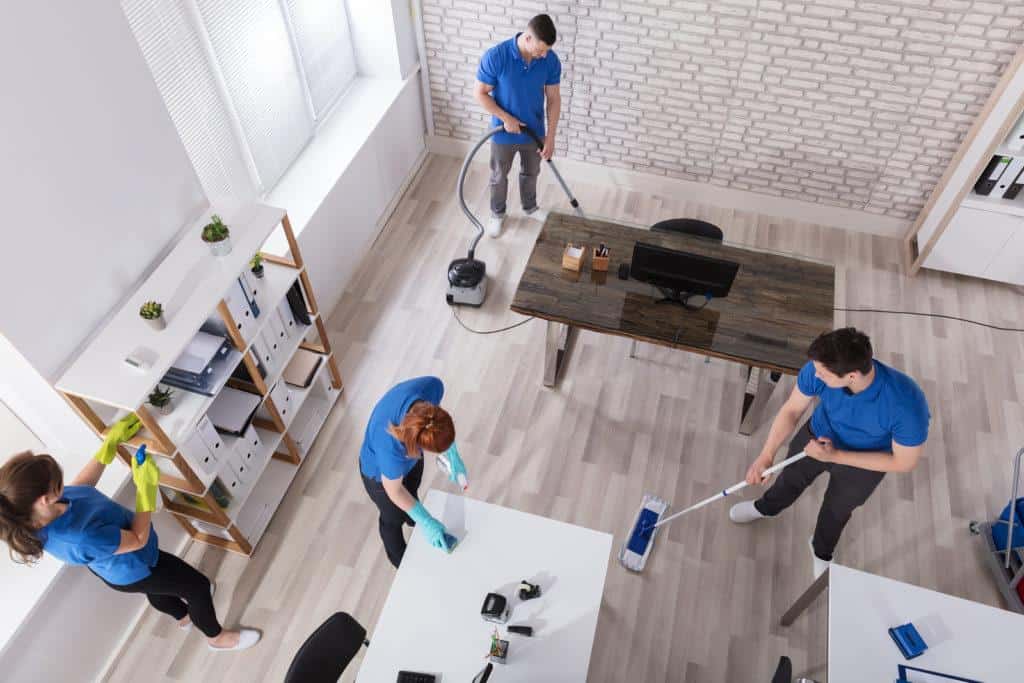Buildings are complex structures that require a lot of maintenance to keep them running smoothly. One crucial aspect of building management is cleanliness, which can have a significant impact on the health and well-being of occupants. In this article, we will explore the importance of collaboration between cleaning companies and building management teams in ensuring effective cleaning practices.
Introduction to Building Management and Cleaning Collaboration
Effective communication and collaboration between cleaning companies and building management teams are essential for maintaining a clean and hygienic environment. The primary goal should be to establish clear lines of communication so that both parties understand their roles and responsibilities. This partnership allows for a more efficient workflow, as each team knows what needs to be done and when it must be completed.
Benefits of Effective Communication Between Teams
When there is open communication between cleaning companies and building management teams, everyone benefits. For example, if there is an issue with a particular area or room, the cleaning company can alert the building manager immediately, allowing for quick action to be taken. Additionally, regular inspections and evaluations can help identify areas where improvements can be made.
Common Challenges in Building Maintenance and Cleaning
One common challenge faced by both cleaning companies and building managers is budget constraints. It’s essential to prioritize tasks based on their level of urgency and importance while still staying within budget limitations. Another challenge is scheduling conflicts, such as when certain areas need to be accessed during specific times. By working together, these challenges can be overcome through careful planning and coordination.
Best Practices for Successful Collaboration
To ensure successful collaboration between cleaning companies and building management teams, several best practices should be followed:
1. Establish Clear Roles and Responsibilities – Each party should know exactly what they are responsible for, including any specialized equipment or chemicals required.
2. Regular Communication – Both teams should communicate regularly, either via email, phone, or in person, to discuss progress, issues, and upcoming projects.
3. Schedule Coordination – To avoid conflicts, schedule coordinating should be established early on, outlining when certain areas can be accessed and how long they will be unavailable.
4. Performance Evaluations – Regular performance evaluations should be conducted to determine whether standards are being met and to identify areas for improvement.
Conclusion: Taking Action Towards a Cleaner, Healthier Work Environment
In conclusion, collaborative efforts between cleaning companies and building management teams are critical for maintaining a clean and healthy work environment. By following best practices like establishing clear roles and responsibilities, communicating regularly, coordinating schedules, and conducting performance evaluations, both teams can work towards achieving shared goals. Ultimately, taking action towards a cleaner, healthier work environment benefits not only those who use the space but also the reputation of the organization as a whole.



